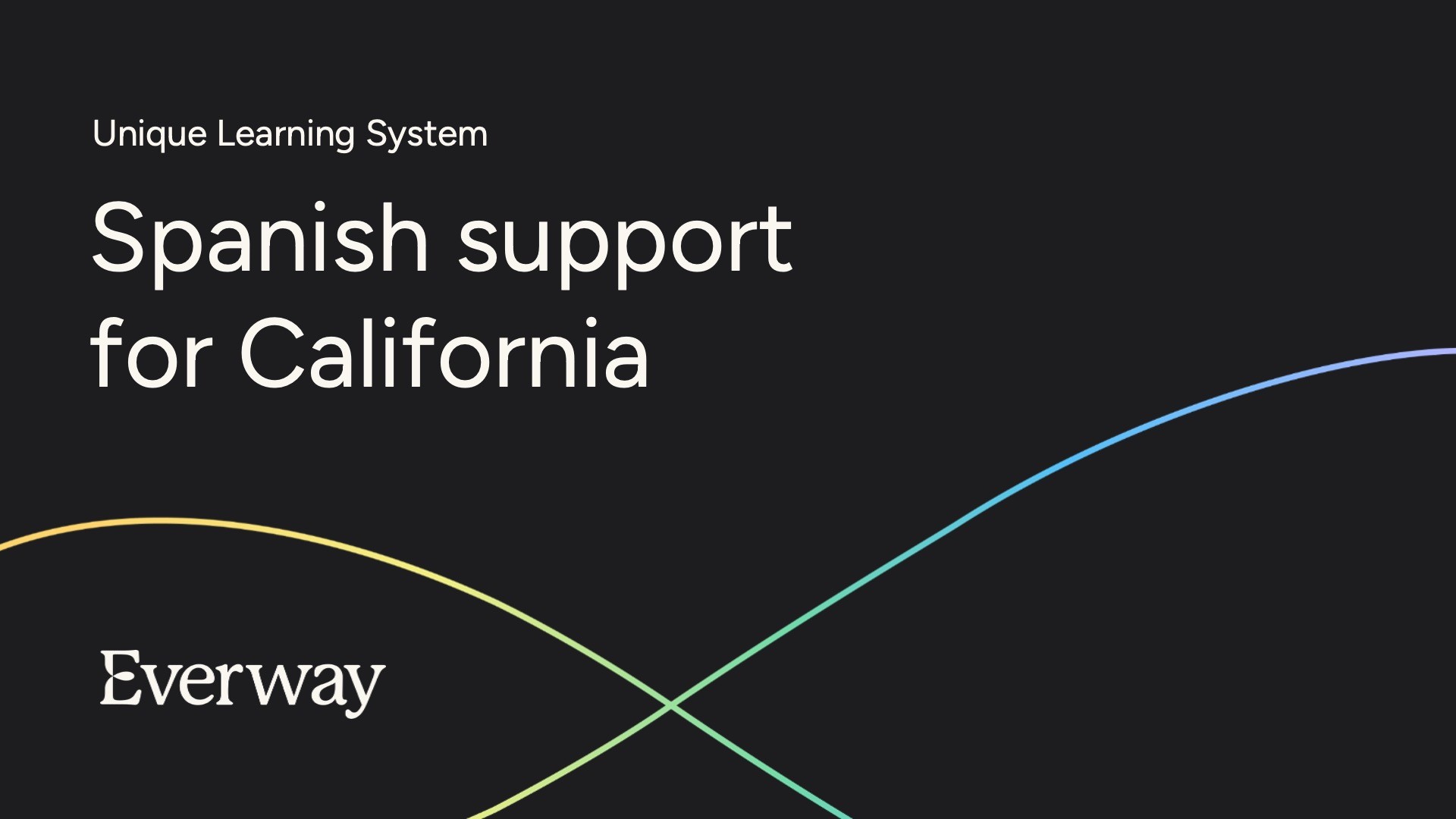Easy Ways to Start Incorporating Music Today
Do you know what it’s like to move a classroom full of third graders from their desks to the carpet for math meeting? If you’re not an elementary school teacher, you might be surprised to learn that transitioning two dozen eight year olds quickly and quietly is no simple task. If you need convincing, ask any teacher what it felt like the first time they tried to move students from one place to another by simply telling them, “Let’s go!”
Using Music to Create a Routine
All students need consistent routines and clear expectations. Without them, it’s too easy for curious, energetic students to wander into off-task behaviors. One of the most effective ways teachers can help students with transitions is through music. The familiar rhythm of a catchy song, chant, or rhyme engages students and provides structure for the desired movement.
For example, here’s a simple song intended for early and middle elementary students:
Watch our brains as they grow
And listen to our math time flow
It’s math time, it’s math time
Yeah, yeah, it’s math time!
An elementary teacher may use this song to help students transition from their desks to the carpet for math meeting, where they’ll practice saying the day of the week, telling time, memorizing multiplication facts, and so forth. When the song starts, students stand up at their desks and begin singing. Their goal is to move safely from their desks to their designated spot on the carpet by the time the song concludes.
Take a moment to sing those four lines to yourself. It didn’t take too long, did it? Think how wonderful it would be for classroom culture, instructional time, and your sanity to seamlessly move an entire class in under 30 seconds!
Students will practice singing this song and the corresponding physical movements several times before becoming proficient. Once they’ve learned it, though, it’s like a magic wand for smooth transitions and focused students.
Songs for Older Students
Simple songs and catchy tunes aren’t only for little kids. For example, one way high school math teachers help their students memorize the quadratic formula is by singing it to the tune of “Pop Goes the Weasel.”
In case the quadratic formula isn’t at the forefront of your mind, here’s a refresher:

This can be tricky to remember! But if you learn it to the tune of a familiar nursery rhyme, you will still remember it ”¦ 20 years later.
x equals negative b
plus or minus the square root
of b squared minus 4ac
all over 2a
Many late elementary and middle school teachers use songs to teach multiplication facts. For example, to learn the 3s, try singing to the tune of “Jingle Bells.”
3, 6, 9
Jin – gle Bells
12, 15
Jin – gle Bells
18, 21
Jin -gle all the way
24, and 27
Oh what fun it is to ride
30 and we’re done.
in a one-horse open sleigh.
Some high school chemistry teachers use songs to encourage their students to memorize the periodic table of elements. History teachers may use songs to teach the names and capitals of the 50 states. The teacher will have to invest some time on the front end to learn the song themselves and determine how to teach it to students, but once it sticks, it sticks!
If you’re not sure if your content can be taught with a song, start by spending just a couple of minutes searching and browsing online—you’ll be amazed at the examples already out there! If you don’t see what you’re looking for, consider taking a few minutes to either create a jingle yourself or help your students create their own song. Students learn best when they put the work into creating lyrics and rhythms on their own.
How Music Can Benefit All Aspects of Learning and Development
The benefits of music apply to students of all ages and ability levels. Natalie Hawkins, MT‑BC, Notes By Natalie Founder, and licensed music therapist, explains that “music can facilitate smoother transition times, increase movement, induce relaxation, instill teaching/learning concepts, improve overall affect/mood, and provide functional classroom organization.” Check out the benefits of integrating music into your classroom routines.
Support Whole Child Learning
Music positively impacts every dimension of your students’ learning and development. It speaks to the physical, cognitive, communication, social-emotional, and sensory domains. Music helps students learn and remember new information. Depending on your intent and desired results, you can use it to usher in a sense of calm or invite increased physical movement.
Boost Early Childhood Brain Development
In early childhood, music increases the development of gray matter in the brain. The gray matter is where most of the information processing neurons are located. (Which means music helps young kids learn new things!)
Promote Brain Plasticity
Listening to music, learning to read music, playing an instrument, singing, and dancing all promote the brain’s plasticity, helping children’s brains grow and adapt over time.
Stimulate the Left and Right Side of the Brain
Music is also associated with increased vocabulary, sharpened memory, and improved articulation, vocalization, and auditory skills. It helps with bilateral coordination and affects fine and gross motor skills. For example, when students learn to play a musical instrument, both sides of the brain must work together to build neurological connections.
Engage Whole Body Learning
Pairing physical gestures with a song—such as “Head, Shoulders, Knees, and Toes”—uses whole-body learning, which reinforces academic concepts as it engages multiple senses. Whole body learning and multisensory education mean students’ emotional, mental, and physical domains are engaged. This contributes to greater focus and heightened awareness of the learning objective. Students with Attention Deficit Hyperactivity Disorder (ADHD) may find music especially effective in helping them focus on classwork and homework.
10 Ideas for Using Music in the Classroom
How, when, and why you incorporate music will vary based on the ages and needs of your students. Here are a few quick possibilities to enhance holistic learning in your classroom.
- Help students memorize information.
- Teach social cues and social norms.
- Facilitate a brain break.
- Decrease teacher-led verbal directions.
- Teach storybooks.
- Manage transitions.
- Serve as a timer.
- Hook students on new content.
- Encourage physical movement.
- Induce relaxation.



